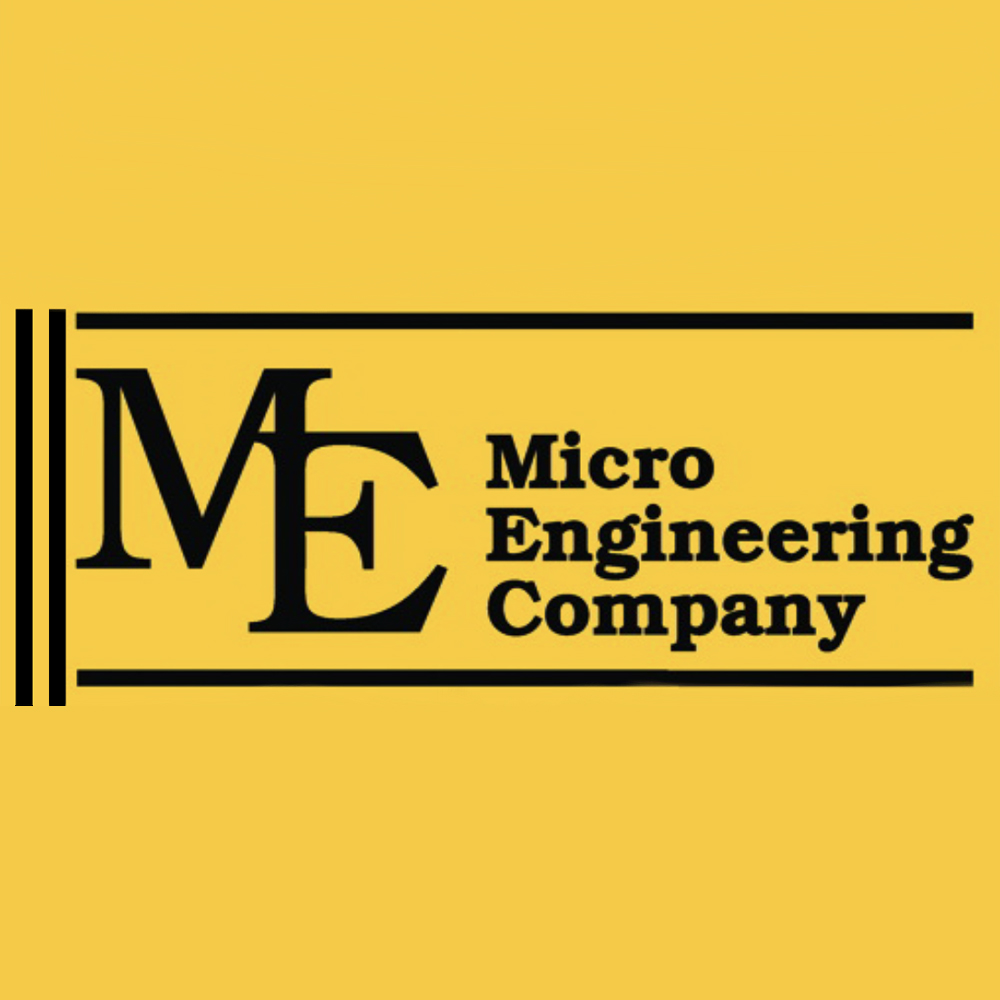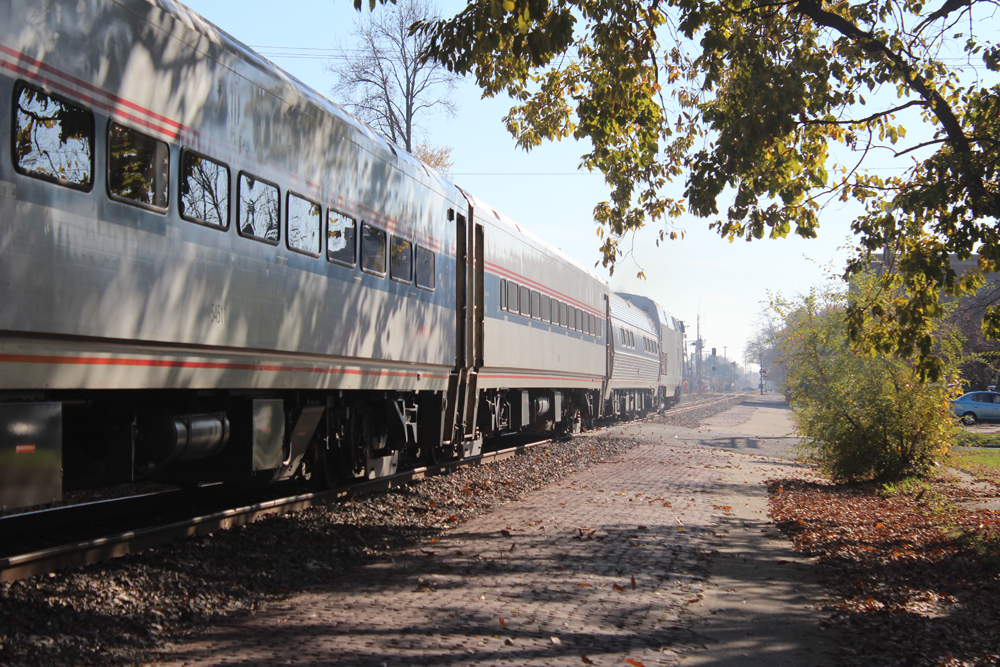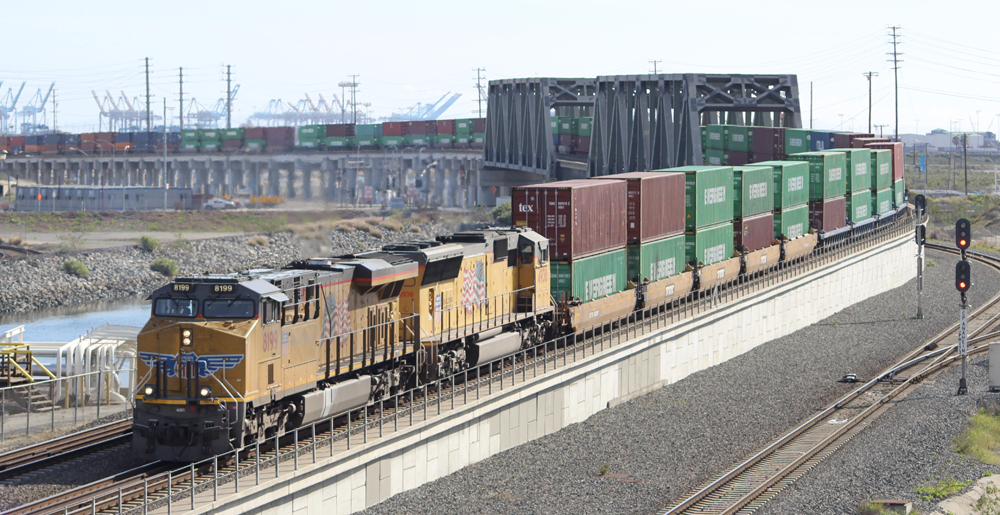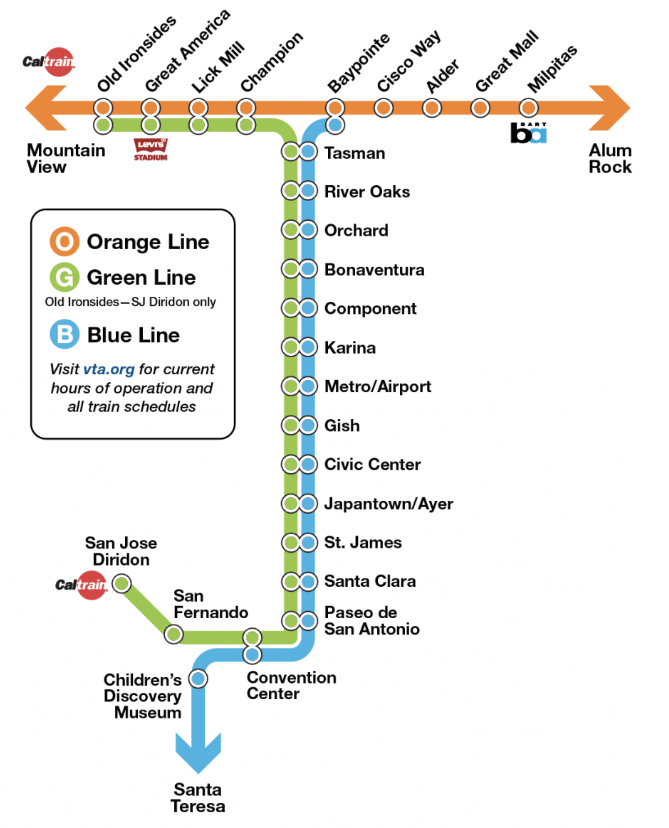The M-10000 and the Burlington’s Zephyr were the first gleaming streamliners in a world of ponderous smoky-black steam locomotives pulling long strings of muted-green passenger cars.
The aluminum alloy M-10000 hit the rails in February 1934 for a 12,000-mile nationwide publicity tour, ultimately drawing more than a million curious Americans. At every stop, hundreds if not thousands of people stood in line around corners and down side streets to see the fabulous three-car streamliner. President Franklin Roosevelt saw the train in Washington, and reportedly was presented with a new Lionel model of the M-10000. NBC even broadcast a radio program from on board. It’s difficult to imagine today, but the M-10000 was just that special.
According to Union Pacific Streamliners by Harold Ranks and William Kratville (Kratville Publishing, 1974), the M10000 was powered by a distillate-burning Winton V-12 producing 600 horsepower run through a pair of 300-horsepower GE traction motors. Nicknamed “Little Zip” by employees, the train could surpass 100 mph with ease. It used an electric gong instead of a traditional bell, and its designers were instructed to make the streamliner’s horn sound as close to a steam whistle as possible. The M-10000, later properly christened the City of Salina, had two sisters: the six-car M-10001 and the dual-motored 11-car M-10002. They were followed by the M-10004, which had an automobile-style cab.
The innovative M-10000’s flame burned very brightly, but for a surprisingly short time. The train was withdrawn from service in December 1941 and, likely as part of the war drive, sold as aluminum scrap two months later.
The model
The MTH RailKing model reflects the City of Salina’s post-1936 paint job, with a nose painted Armour yellow instead of brown and modernized Union Pacific sans-serif lettering. (Lionel’s prewar M-10000 is the “as delivered” paint scheme.) Old photos show the M-10000 with and without wheel skirts; MTH’s model is without.
The satin-sheen paint on the RailKing M-10000 is crisp and up to MTH’s top-level standards. The body shell wears thousands of rivets, which are completely prototypical but seem wrong on a toy train streamliner.
In keeping with the RailKing line, the M-10000 is undersized in length to negotiate O gauge curves and switches. The actual M-10000 – a smallish train in all dimensions – was 204 long and 10 feet, 111/2 inches tall (3 feet shorter than conventional cars of the time). The tapered sides of the train were 9 feet, 7 inches at the widest point. The RailKing model is 31 inches or 124-scale-feet long, 31/2 inches or 14-scale-feet tall, and 22/8 inches or 9-scale-feet wide.
Dimensions aside, visually M-10000 is on the smaller end of the RailKing size range. The minimum curve for the train is O-31 track.
Unlike the articulated RailKing Zephyr, which uses soft vinyl diaphragms between cars, MTH looked to the past for the M-10000’s diaphragms. The yellow streamliner uses rounded, non-flexible vestibules that swivel just within the ends of the car shells, very much like those in American Flyer and Lionel prewar streamliners. The design may not be realistic, but on a layout the seamless effect is far better than the Zephyr’s diaphragms.
All of the cars are connected electrically with a small plug and socket and mechanically with a C-shaped clamp that fits into the base of the vestibules. It takes some trial and error to couple and uncouple the cars. Lifting the sections into the air in the shape of a V helps facilitate coupling and uncoupling.
Like the RailKing Zephyr, the M-10000 has two can-style motors: one in the cab and the second in the tail of the observation car. With the sound system turned off, the drivetrain in the tail of the train made a quiet but consistent whirring noise. All cars are lit evenly, but I found myself wishing MTH had used red lenses instead of solid castings for the marker lights on the train’s rounded tail.
On the track
I tested two M-10000s. The first oscillated wildly after a half-hour of operation. The train would unexpectedly race to full speed, and then just as quickly slow down to a crawl. The fast-slow cycle continued despite all efforts to reset the ProtoSound 2.0 system. The second M-10000 behaved properly, with no hint of speed oscillations. It was used alone for the remainder of our tests.
On our test and home layouts the train ran smoothly and successfully negotiated a variety of switches and crossovers, although the articulated trucks don’t have the same amount of lateral swing as conventional trucks. This makes the M-10000 slightly more sensitive to rough track.
We were a little surprised by the sedate speeds at which the M-10000 operated. Our low-speed average was 8.3 scale mph, while the high end was 82.8 scale mph, perhaps good enough for the “real world,” but this is a toy train streamliner, for gosh sake! We were hoping to crack the century mark with this one!
If you get a good buy on a case full of these trains on eBay, and want to make a really, really long version (an M-20000, perhaps?), this set is for you. Our electronic force gauge measured a drawbar pull of 2 pounds, 8 ounces, equal to roughly 120 modern cars.
That would be one heck of a long, yellow streamliner!
In conventional mode, all of the ProtoSound 2.0 functions performed as expected. The M-10000, as is the case with all other ProtoSound 2.0 locomotives CTT has tested, doesn’t operate properly with the MRC DualPower O-27 transformer.
CTT is still eagerly awaiting delivery of MTH’s Digital Control System to test ProtoSound 2.0 locomotives in command mode.
The M-10000’s motor sounds are clear, but not especially exciting. The Winton V-12 sounds like a mix of MTH’s Doodlebug and a diesel locomotive. The horn isn’t melodic, but its honk is reflective of the M-10000’s era. The ProtoSound 2.0 programming includes passenger station sounds and engineer chitchat.
MTH’s 2001 Volume 3 catalog offers an add-on articulated coach for the M-10000 (and also the RailKing Zephyr), an unexpected and bright idea (maybe that really long M-20000 is possible after all).
As always with toy trains, what’s new is old and what’s old is new. The Rail-King M-10000 is just that, and it is a welcome addition to MTH’s RailKing line. Buck Rogers would be proud.















just picked up mth m-10000 at model rail road show for $195.00
and wanted to see what your mag had to say about . Too see if it was a good buy. thankyou good article. A++